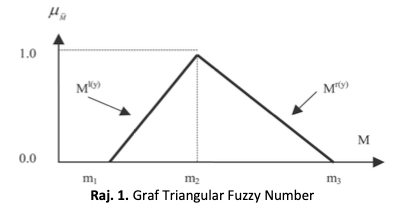Technology Applications through Cooperative Learning in Visual Arts Education among Students in Inclusive Education Programs: A Fuzzy Delphi Approach
DOI:
https://doi.org/10.37934/araset.33.3.407419Keywords:
Application, Fuzzy Delphi, technology, visual arts education, special educationAbstract
The post-COVID era has transformed the landscape of teaching and learning worldwide, including in Malaysia. The integration of technology has become an essential element in line with current needs and drastic changes in the world. The integration of technology can facilitate comprehensive and holistic teaching and learning processes. Teachers face challenges in designing and implementing teaching and learning for students in inclusive education programs. Therefore, this study aims to examine the elements required to integrate the use of applications in visual arts education. This study uses a quantitative approach with the Fuzzy Delphi technique. A questionnaire instrument was used to collect research data. A total of 16 experts from the fields of visual arts education, special education, and curriculum development were involved in the process of shaping this model. The findings of the study show that five out of seven elements were accepted by the experts with a consensus percentage exceeding 75% and a threshold value (d) ≤ 0.2. This indicates that the selection of suitable elements needs to be emphasized to align with the students' respective levels of practice. The integration of technology among students in inclusive education programs will have a profound impact on the education world.
Downloads


























